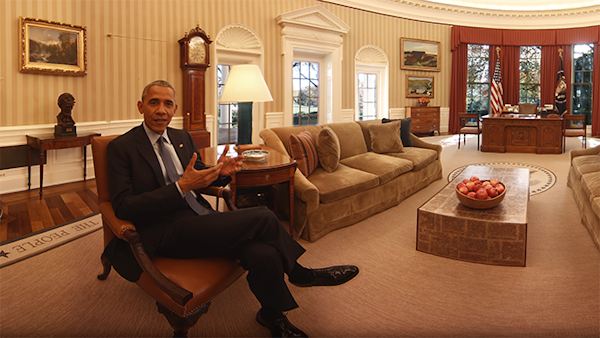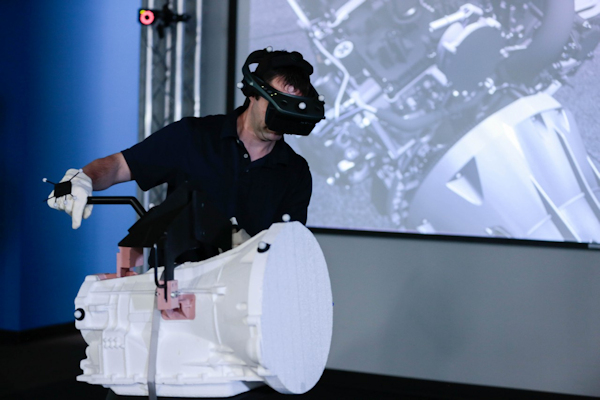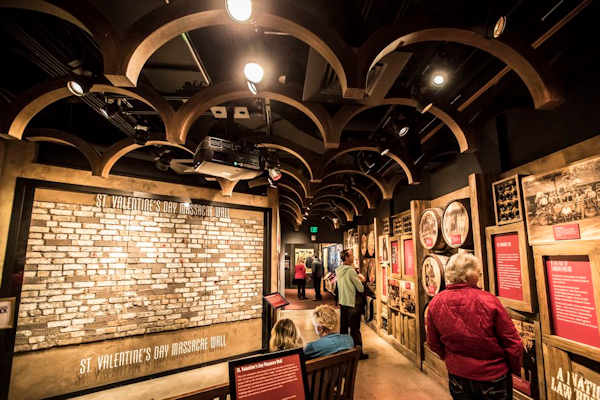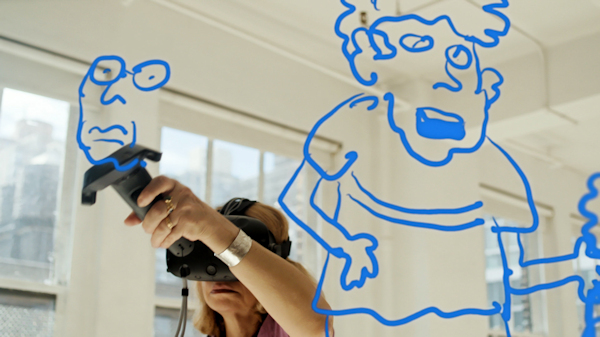International Journal of Performance Arts and Digital Media
Special Issue Call for Papers:
Bodily Extensions and Performance (Avatars, Prosthetics, Cyborgs, Posthumans)
Guest editors: Sita Popat and Sarah Whatley
EXTENDED DEADLINE: 31st January 2017
Full manuscripts should be submitted by email to s.popat@leeds.ac.uk
Publication: Autumn 2017 in Volume 13, Issue 2
The International Journal of Performance Arts and Digital Media is seeking contributions for a special issue on Bodily Extensions and Performance.
Bodily extensions are becoming everyday occurrences for many people, e.g. contact lenses, digital avatars, prosthetic limbs. Bodily extensions attach to or connect with bodies to adjust, change, or augment them in physical or virtual spaces. We may use them ourselves, or see them in work-places, in social environments, at home, or in the media. They may be perceived as enabling tools or disabling features, and they may be incorporated into body image and implicated in social identity.… read more. “Call: Bodily Extensions and Performance (Avatars, Prosthetics, Cyborgs, Posthumans) – IJPADM special issue”




